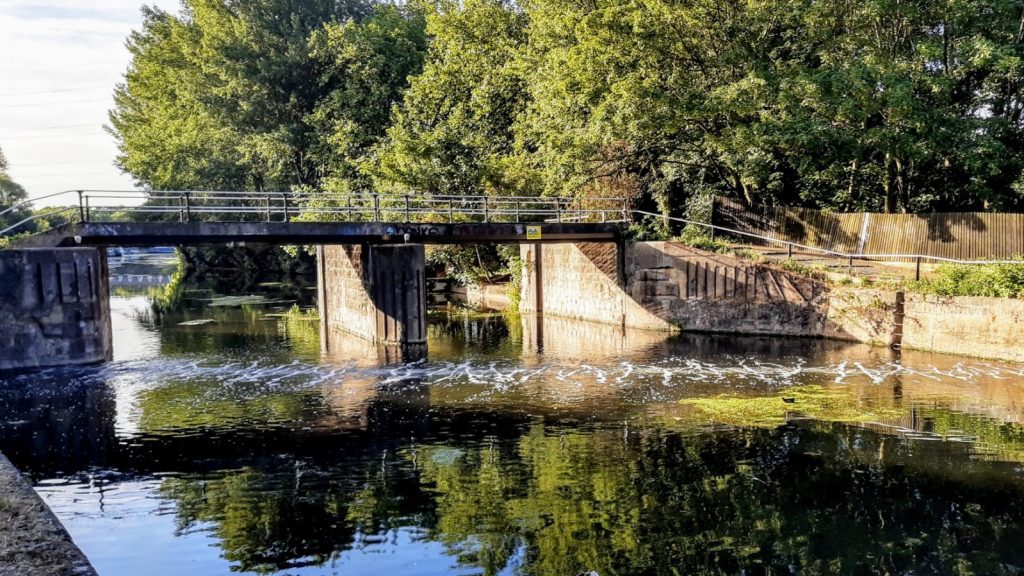
Site Description
The River Lea is a major tributary to the River Thames and flows down through the north-east area of London. The river has been subject to a wide range of historic modifications. These include providing a navigable channel for barges and other recreational craft.
Management Issues
The River Lea displayed a range of management issues that impacted on its use as a navigable channel. Certain issues also had an effect on water quality status and visual appearance. These included:
- Excessive growth of aquatic plants due to nutrient enrichment which interfered with boating activities;
- Water quality impacts from storm overflow discharges and waste-water treatment works effluents;
- Saline intrusion due to its confluence with the tidal River Thames; and
- Excessive quantities of floating debris and litter due to its urban setting.
- The watercourse is managed by the Canal and River Trust (CRT). This charitable trust have to commit significant personnel and financial resources to the collection of floating litter and debris. These efforts were to prevent it being discharged into the River Thames and the sea. ISS-Flowthrough were approached by CRT to develop a bubble barrier to assist in the collection of the debris.
The Solution
A bespoke bubble barrier was developed by ISS-Flowthrough to meet the site-specific design criteria. This involved using a 110(no.) rubber membrane disc diffuser. This diffuser was fitted with ISS-Flowthrough’s patented airflow regulator to ensure a self-balancing system. Our technology also ensures distribution of air along the full length of the bubble barrier.
The bubble barrier design needed to have the following design criteria:
- The barrier needed to provide a barrier of bubbles across the full width of the River Lea channel and present no interference to navigation;
- All equipment needed to be highly robust with a low maintenance and operational energy consumption requirement;
- The bubble barrier equipment needed to be flexible in design to account for changes in water depth across the channel and variable soft sediment depths;
- The barrier should not only prevent the downstream movement of litter but facilitate its collection; and
- The bubble barrier should be able to operate at a location remote from the compressor cabinet due to restrictions on electrical supply availability.
The bubble barrier was installed at an angle across the River Lea navigation. This ensures that any debris coming up to the barrier would be directed down towards a litter collection point. This collection point was created by the channel wall and an existing bridge buttress, by downstream flow.
The barrier has now been in successful operation since May 2020.